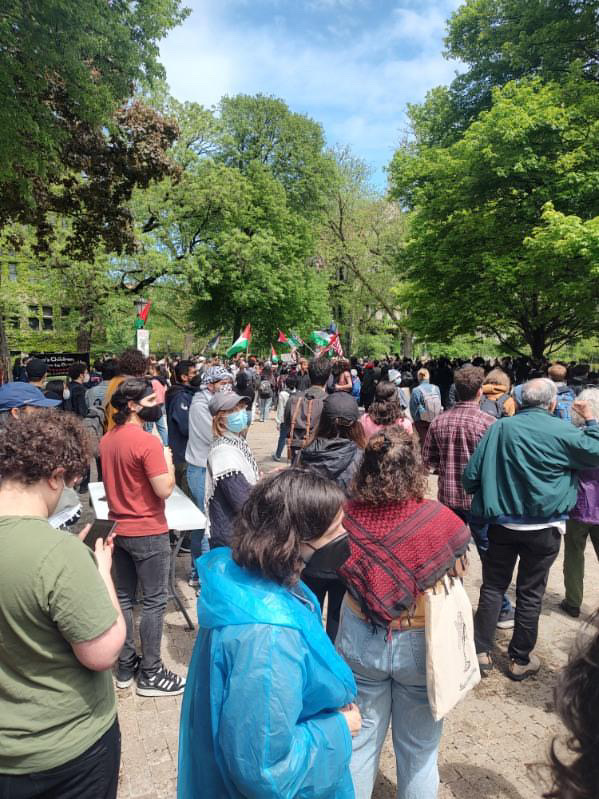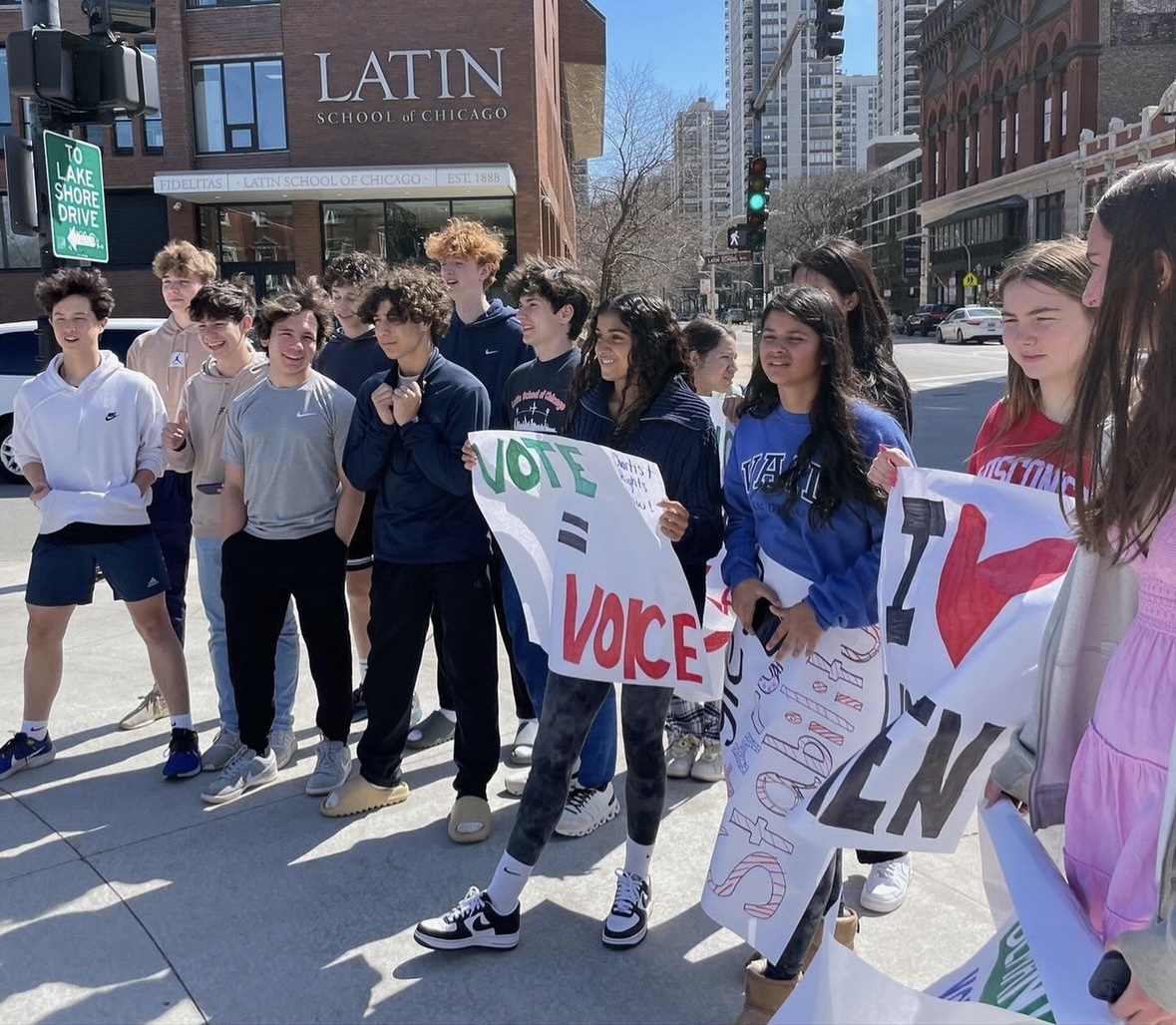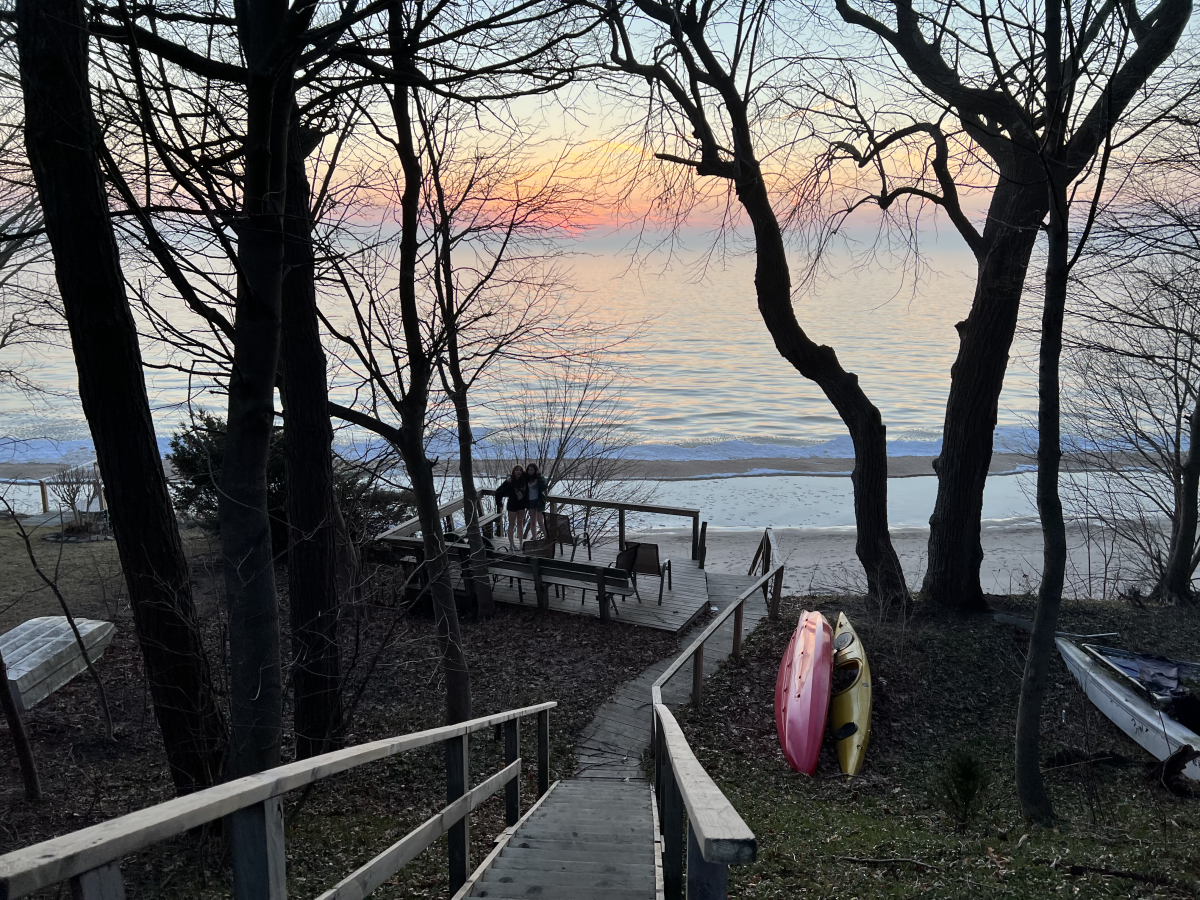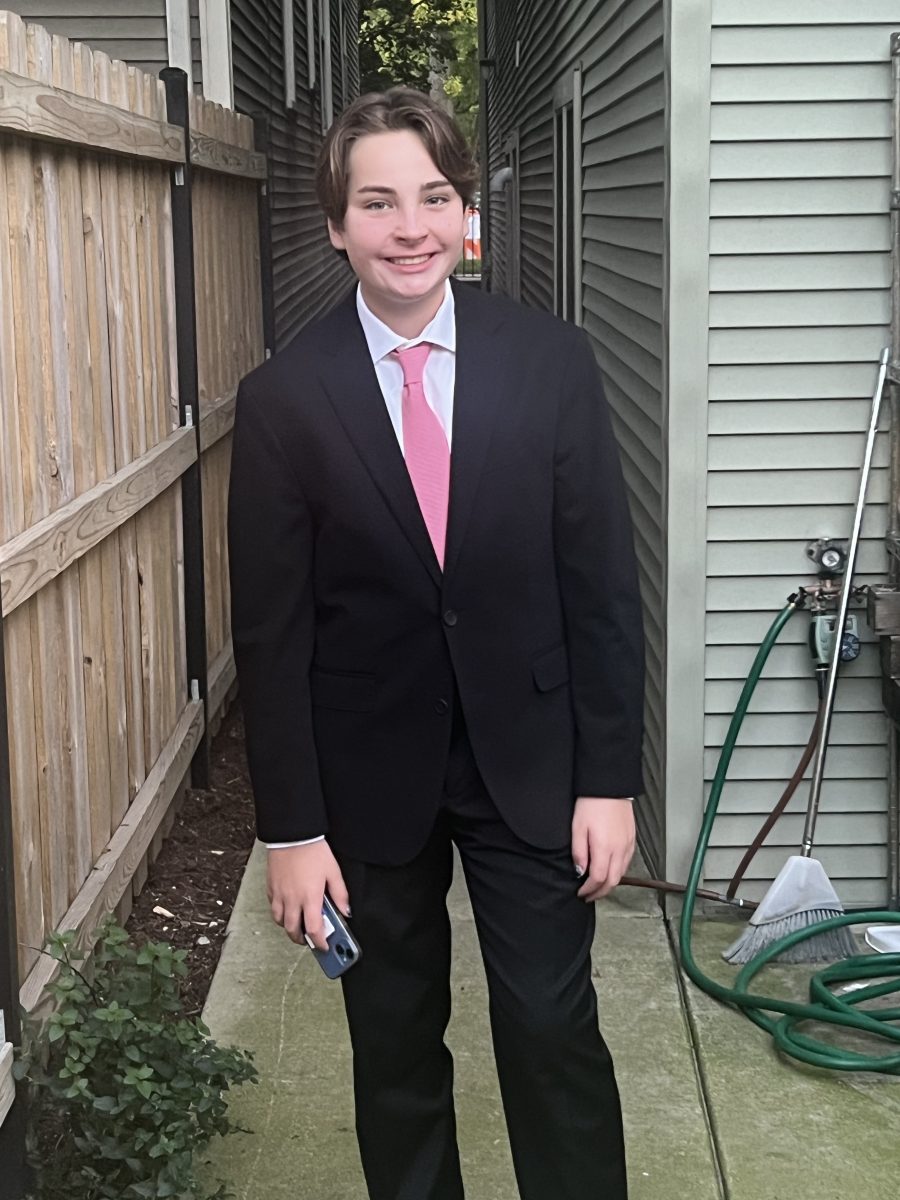Ken Burns Does it Again: American Response to Holocaust Horror
“U.S. and the Holocaust” questions whether Americans should have done more to stop the atrocities.
As Latin’s own highly coveted Nazi Mind class shows, the horrors of the Holocaust have long been a subject of study by scholars. This month, acclaimed American documentarian Ken Burns, working alongside directors Lynn Novick and Sarah Botstein, turned his camera to yet another analysis of the Holocaust—this time, with a specific focus on the American response to the tragic historical event. Looking at the Holocaust through this particular (and for Americans, a more personal) lens offers haunting insight, making it a critical piece of work that is not to be missed.
“The U.S. and the Holocaust” made its debut on September 18 on PBS. It is a six-hour series comprised of three two-hour segments. In his films, Burns, the primary director and producer, commonly focuses on subjects that are uniquely American. In 1982, he won an Academy Award nomination for “Brooklyn Bridge”; in 1995, he won an Emmy for “Baseball.” He has also covered topics such as Muhammad Ali, the Civil War, the Second World War, and the Vietnam War. Adding the Holocaust to this list, Burns investigates the following questions: What was the American response to the systematic annihilation of European Jews, and what might this tell us about American priorities? How committed are Americans to the refrain “never again”?
Even in classrooms, the American perspective is not often discussed. Upper School history teacher Matthew June, who teaches Nazi Mind, said, “Most Americans are just generally not informed about the details of the Holocaust and the wider context for it.” He added, “Most Americans learn and remember history through simple stories. And the simple story from the Holocaust and WWII is we go to Europe, we fight Germany, we end the Holocaust.”
Burns, Novick, and Botstein make an effort to expand that story. They begin the first episode, “The Golden Door,” providing background about the rise of the Nazi regime and America’s response. As Germany began to persecute its Jews, the United States—a nation founded on principles of religious freedom—tightened its immigration policies, making it harder for victims to seek refuge. As the narrator of the documentary notes, “And so the symbol of liberty becomes a fading memory of things that might have been.”
Part Two, “Yearning to Breathe Free,” summarizes the events from 1938 to 1942. World War II begins leaving most Americans sympathetic to Nazi victims, yet still unsure how to respond. While some Americans began working to help refugees escape, others refused to believe the atrocities occurring across the ocean. Ultimately, when America was needed the most, President Franklin Roosevelt, among others, turned a blind eye to the mass persecution of European Jews in favor of other pressing domestic concerns.
Part Three, “The Homeless, Tempest-Tossed,”covers the period from 1942 on, including the Allied forces’ final advance, their liberation of the German concentration camps, the revelations of what took place inside the camps, and the world’s reckoning with the uncovered horrors.
It is the final episode that really stands out, capturing the complexity and moral hazards involved in the American positions during the war. For example, this episode explores the question of whether the United States should have bombed Auschwitz to prevent mass murder, and whether Roosevelt’s decision not to do so was based more on military strategy or indifference to Jewish suffering. Holocaust historian Rebecca Erbelding said, “No matter what we did, I think we’d look back and wonder what would have happened had we done the other thing.”
Coverage in earlier episodes of America’s own racial history and American behavior that contradicts its so-called “ideals” highlights the value of questioning the American response. Most importantly, the documentary makes clear that, unless there is a true change in American behavior, there is nothing to stop a similar tragedy from occurring today. With flashing images of the 2021 Capitol riot, the Charlottesville march, and various other acts of ongoing racism and antisemitism, Dr. June said, “One thing that becomes clear is how much present concerns were motivating the filmmakers while they were making it.”
“The U.S. and the Holocaust” is available for streaming on PBS.org and the PBS video app. Although the Holocaust took place on another continent, Burns, Novick, and Botstein illustrate a unique perspective that hits close to home. Thus, it is our responsibility, as students and Americans, to find the time to watch and learn from this important piece of art.

Mia Kotler ('25) is thrilled to be one of the Editors-in-Chief for The Forum this year. She is a passionate writer who enjoys expressing her views and...

















































